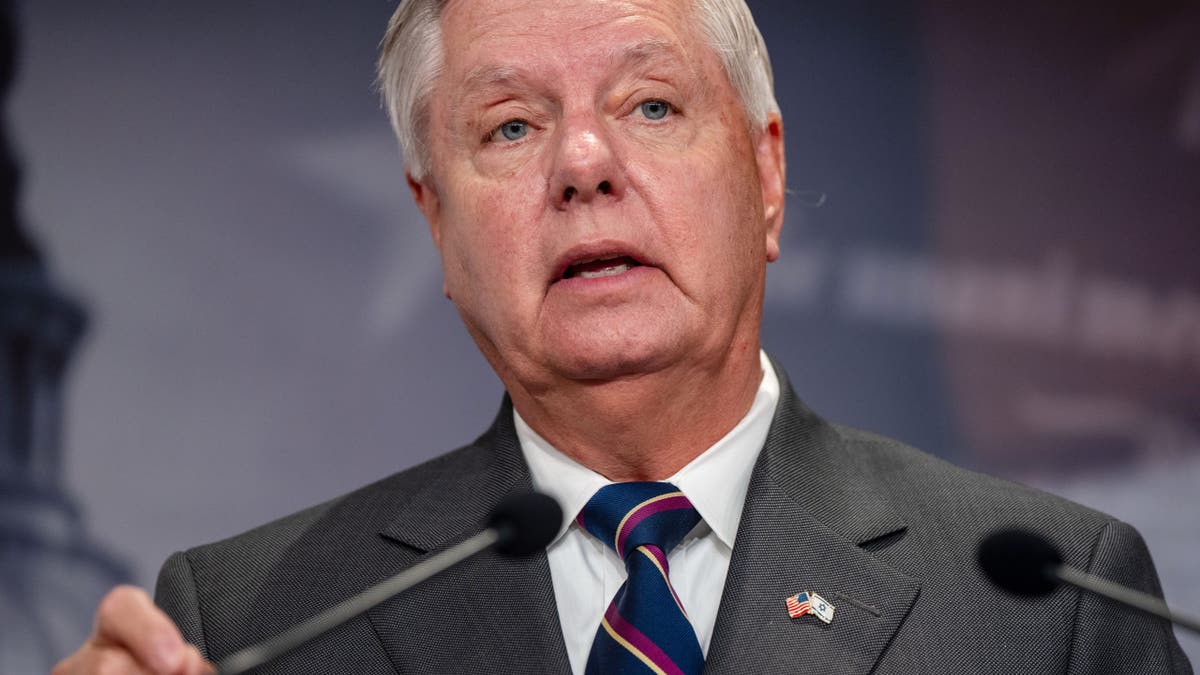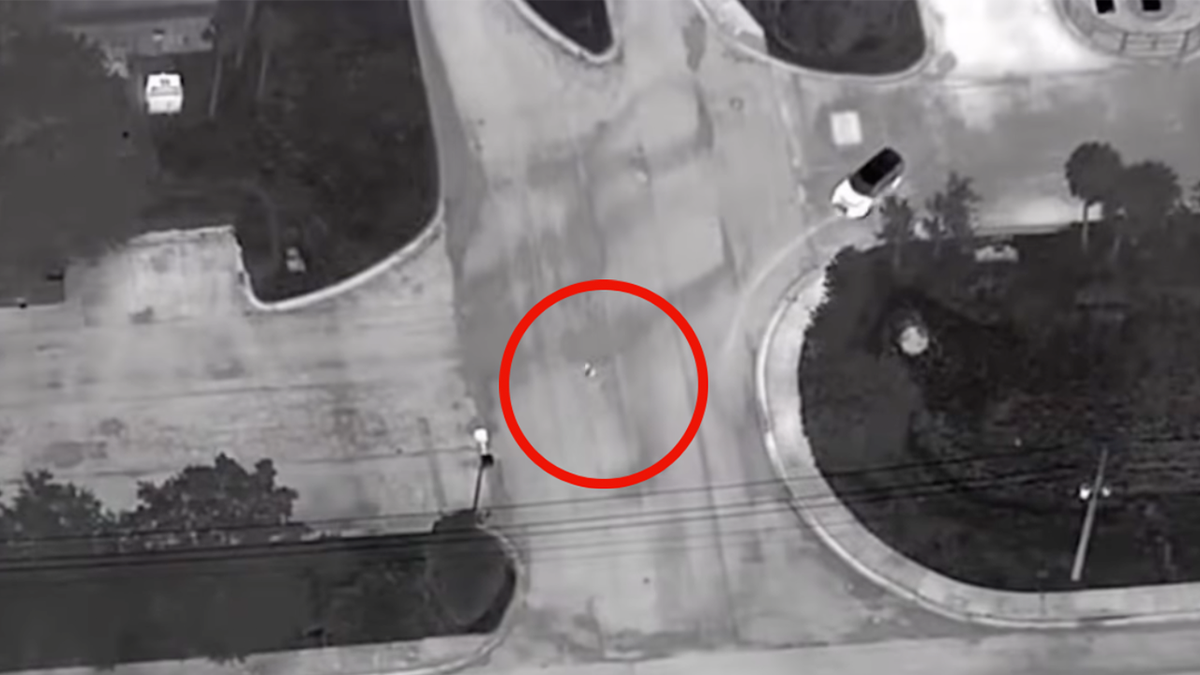Former President Donald Trump's recent suggestion to "take over" the Gaza Strip has ignited a firestorm of debate, raising questions about the feasibility and potential consequences of such a move. While his administration clarified that this doesn't entail a military occupation or financial burden on American taxpayers, the specifics remain unclear.
During a joint press conference with Israeli Prime Minister Benjamin Netanyahu, Trump outlined his vision for a U.S.-led reconstruction of Gaza, involving the demolition of damaged structures and the creation of new economic opportunities. He emphasized the need for a radical departure from the status quo to achieve lasting peace and stability in the region.

White House press secretary Karoline Leavitt described the plan as a "rebuilding effort" aimed at creating a habitable environment. She stressed that the removal of Palestinians during this process would be temporary. However, she didn't provide details on where they would be relocated or the timeline for their return.

The proposal has drawn sharp criticism from various quarters, including Hamas, which labeled it a "crime against humanity." Democratic lawmakers expressed shock and skepticism, questioning the practicality and potential repercussions of such an intervention. Even some Republicans voiced concerns, highlighting the potential for further instability and the reluctance of American citizens to support such a venture.

While Senate Majority Leader John Thune appeared less perturbed by the remarks, attributing them to Trump's desire for a more peaceful Middle East, the overall reaction suggests a long and arduous road ahead for this controversial proposal. The international community, regional stakeholders, and the American public will undoubtedly demand more clarity and concrete details before any such plan can be seriously considered.








